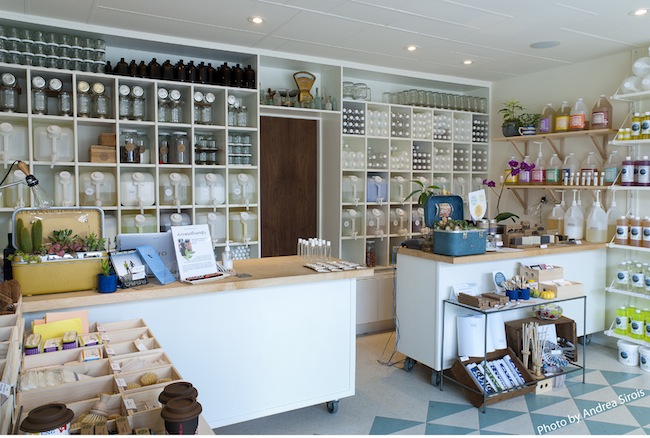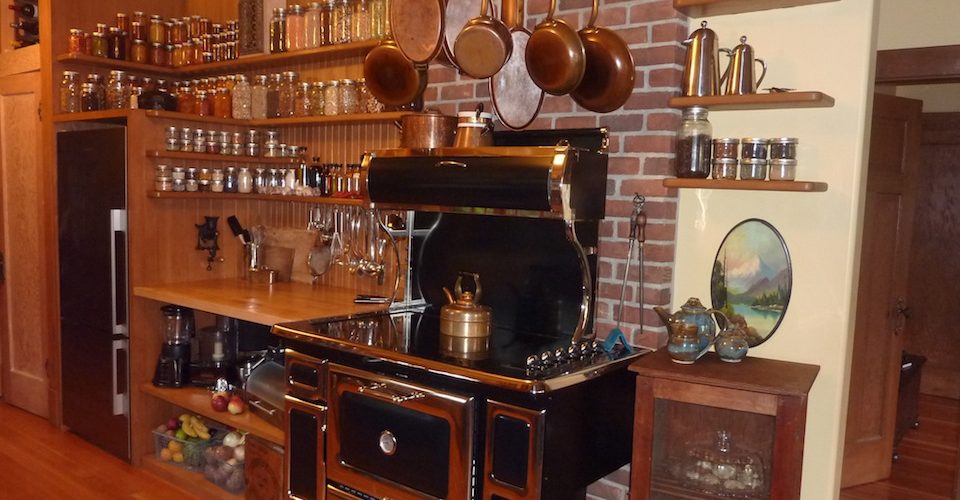It’s hard to imagine life without plastic. It has insidiously found its way into the eyeglasses we peer through, the keyboard at our fingertips and the bottles of water we drink. It can extend our lives as medical devices and makes possible many modern conveniences. But when you add it up, our plastic consumption may be doing more harm than good.
It’s hard to imagine life without plastic. It has insidiously found its way into the eyeglasses we peer through, the keyboard at our fingertips and the bottles of water we drink. It can extend our lives as medical devices and makes possible many modern conveniences. But when you add it up, our plastic consumption may be doing more harm than good.
The durability of plastic, which makes it so appealing, is directly linked to the tragic consequences it’s having on our environment. It’s cheap to produce, endlessly malleable and has a bewildering lifespan. Barring high-heat incineration (which comes with other costs), every piece of plastic we’ve created so far is still around. Whether whole or broken down, they are buried in landfills, recycled (often down-cycled) or floating in our oceans with terrible ramifications for marine and avian life.
The impact on our food and health is also a real concern, but the ever-growing volume of plastic waste is clearly our biggest challenge. Though there is a place for recycling as a partial solution, its dependence on energy and profitability makes it less than ideal, and many forms of plastic are still not accepted by municipal collections programs.
So what can you do about it? Well, your house is a good starting point. Have a look in each room of your home and take stock of the many forms of plastic you own. It’s easy to spot obvious items such as a microwave or television but remember that plastic is also hidden in the synthetic fiber of your clothing or the lining of your juice box. The steady flow of packaging for food and household supplies is another way that plastic ends up in our homes. Rarely are there ways to get products like shampoo or yogurt without it.
Packaged products are the status quo in conventional retail stores, large or small. Typically, these stores don’t have a role in deciding how products are packaged since they’re a small part of a large and segmented industry shaped by manufacturing, distribution and government regulations. An alternative is to shop at service-oriented, independent businesses. The next time you shop for groceries, consider your local butchers, delis, co-ops, mom & pop shops, and farmers’ markets. It will require changing routines and spending more time and effort to buy your food, but it’s a good way to become mindful of how you spend money, what you bring into your home and what you put in your body.
The benefits to buying local are plenty: among other things, we keep our dollars in the local economy and support local producers and the businesses that support them, which in turn encourages product diversity and consumer choice. And shopping local also means we can buy more products packaging–free. Cut out even more plastic by being prepared when you shop at these establishments: bring reusable bags and containers with you.

The Soap Dispensary, a Vancouver “refill” store. Photy by Andrea Sirois.
Another approach is to hunt down plastic-free household items such as cleaning tools and kitchen supplies. Look for alternatives in products made with natural fibres, glass and stainless steel. For example, you can find brushes made with wood, animal hair, or plant fibres. The ubiquitous plastic straw is now available in paper, or as a reusable utensil made from Pyrex or stainless steel. When you replace plastic with other materials, you may discover wonderful benefits and tactile pleasures.
Start small
It can be overwhelming to get rid of all plastic in your life right away. Start with one thing and get good at it. In our household, we started by eliminating Styrofoam. We stopped buying eggs and meat in trays made with it and did not allow ourselves to use takeout boxes from restaurants. This presented a tricky dilemma of deciding between wasting food or using Styrofoam. We ended up changing the way we ordered (by not over ordering!) and got better at remembering to have reusable containers on hand.
The thing we still struggle with is buying things that come with Styrofoam packing peanuts or blocks. Where we can, we have requested bio-peanuts (which are made from vegetable starch and are biodegradable) and where we can’t, we donate the packing materials to UPS stores for reuse or we pay to have them recycled. It is not preferred but it is the best last resort.
After starting on one thing, your awareness will deepen and you’ll find more and more things you can do to slow down your consumption of plastic. You may wonder if one person reducing one thing can really make a difference, but, done conspicuously, your actions will generate conversations and collective awareness. Many important movements have started small.
Resources
For more detailed strategies and advice on how to reduce plastic in your home, here are some blogs that have inspired us. We’ve also included a great online store that sells lots of plastic-free alternatives if you find it hard to source them in your community.
My Plastic Free Life: Beth Terry’s blog chronicling her years living plastic-free. Full of good advice and humour
The Clean Bin Project: Jen Rustemeyer and Grant Baldwin’s very inspiring documentary and blog about living zero-waste.
Plastic Manners: Taina Uitto’s blog to vent about plastic with good ideas on how to refuse it.
The Queen of Green’s blog and recipe pages for how to make tons of natural, DIY products.
Life Without Plastic: The most comprehensive online store for good quality, plastic-free products.
Linh Truong & Stewart Lampe operate The Soap Dispensary, a unique refill store specializing in premium soaps, body care products and plastic-free products in Vancouver, BC.













